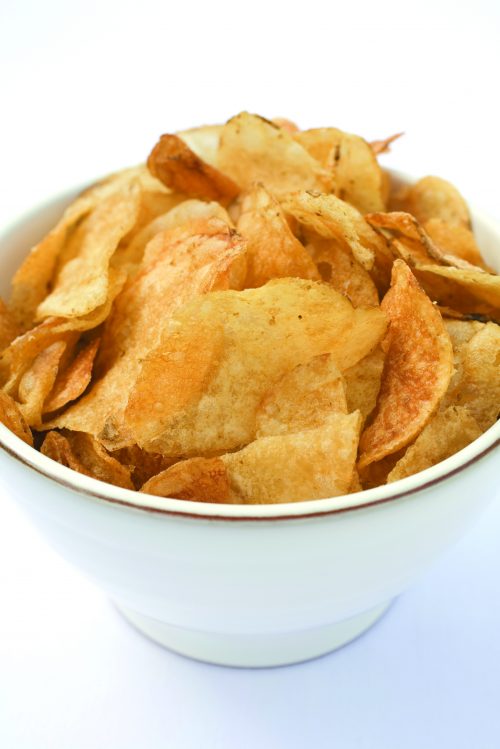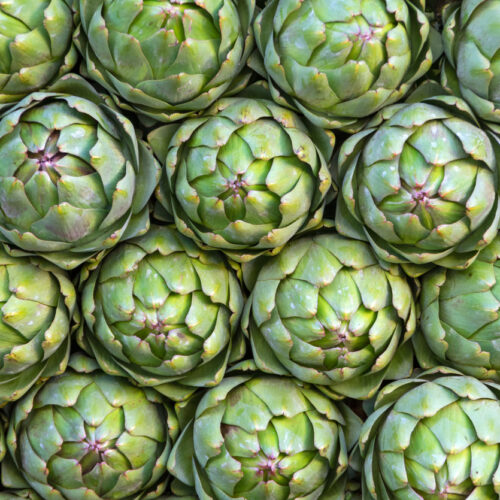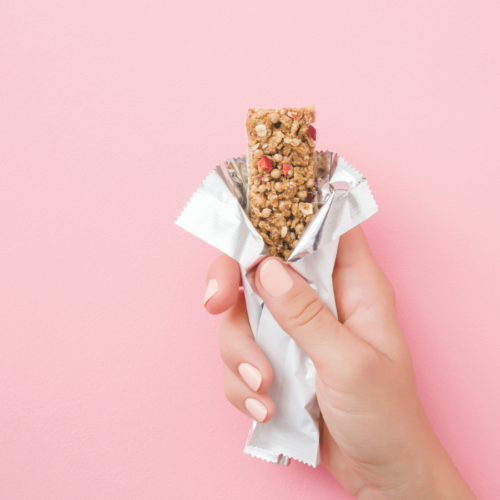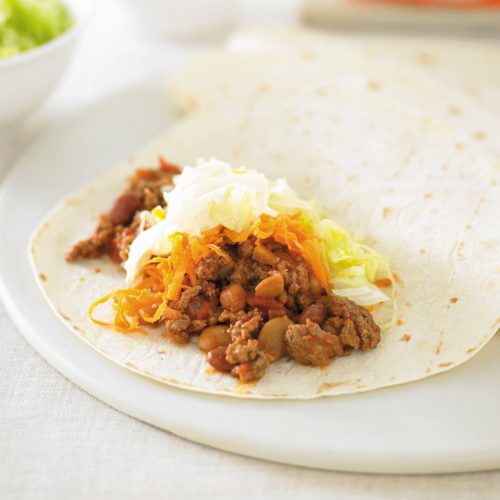
Ah, the temptation of the chip aisle… we help you make healthier choices.
There are some foods we should be eating lots of every day (hopefully things like fruit and vegetables spring to mind) and then there are the foods that we really should not eat every day, or even every other day. Potato chips and the like fall into the latter category.
They are what we call ‘occasional foods’. Often these occasional foods are high in fat and/or sugar and/or salt. These foods are often high in kilojoules, with little in the way of nutrients to redeem them.
Having put them in context, let’s admit that many of us love these foods and we are going to have them occasionally. So why not pick from the best of the bunch?
High-energy
Even though we included different types of products in our comparison – potato chips, tortilla chips, bagel, pita, rice and even pappadum snacks – all the products are high in energy (kilojoules).
We’ve compared them by 100g, but if you think about the small individual packs of chips, they are usually around 45-50g. So even for that small snack, you’re consuming between 800-1100kJ. That’s a lot – about the same as what you are likely eating for breakfast.
You can see just how ‘energy-dense’ those products are when you compare their kilojoules to some other foods:
- 1 carrot (75g) 55kJ
- 1 capsicum (75g) 110kJ
- 1 apple (110g) 200kJ
- 1 slice heavy multi-grain bread (45g) 400kJ
- Muesli bar (30-40g) 450-650kJ
- 1/2 cup rolled oats (45g) 600kJ
- 150g pottle low-fat berry yoghurt 600kJ
These other foods will also be more filling for less kilojoules.
Fat has more kilojoules per gram than either carbohydrate or protein, explaining why a lot of these products are so high in energy.
Saturated fat
Fat is not our enemy – unless we overdo it – but saturated fat is. Saturated fat is the one that will harden your arteries and take you to an early grave.
So if we are going to eat these foods on occasion, let’s at least choose the ones low in saturated fat. On that basis, anything with less than 5% saturated fat starts to look better.
The products with ‘health’ in their name probably justify it through the oils they use; hopefully we all know these are not ‘health foods’. And they do provide information on the amount of polyunsaturated and monounsaturated fats in the products (not included in our table).
Salt
If you’ve been advised to reduce your salt (sodium chloride) intake, most of these products are to be avoided – although they do vary widely and some chips are low-sodium as well as low in saturated fat.
For good health we’re advised to limit our sodium intake to 1600mg a day, which is not a lot. Check out the sodium content per 100g in the table and also compare products in-store when you’re looking at different flavours, as this can make quite a difference.
Pack claims
Packaging often has claims that can be tricky to decipher such as:
- 85% less saturated fat
- Cholesterol-free
- 100% natural
- Baked not fried
- Light / Lite
- 96% fat free
See Guide to reading labels to find out more.
The bottom line
These are occasional foods: they’re high in kilojoules, fat and usually salt. And remember when you do have them, only have a small amount. Choose products with less than 5% saturated fat. If you’ve been told to reduce your salt intake your choice is very limited; learn to like the low-sodium options or forget about this kind of snack.
www.healthyfood.com










